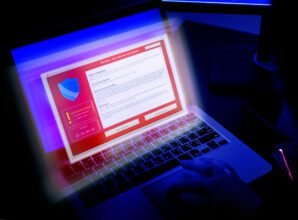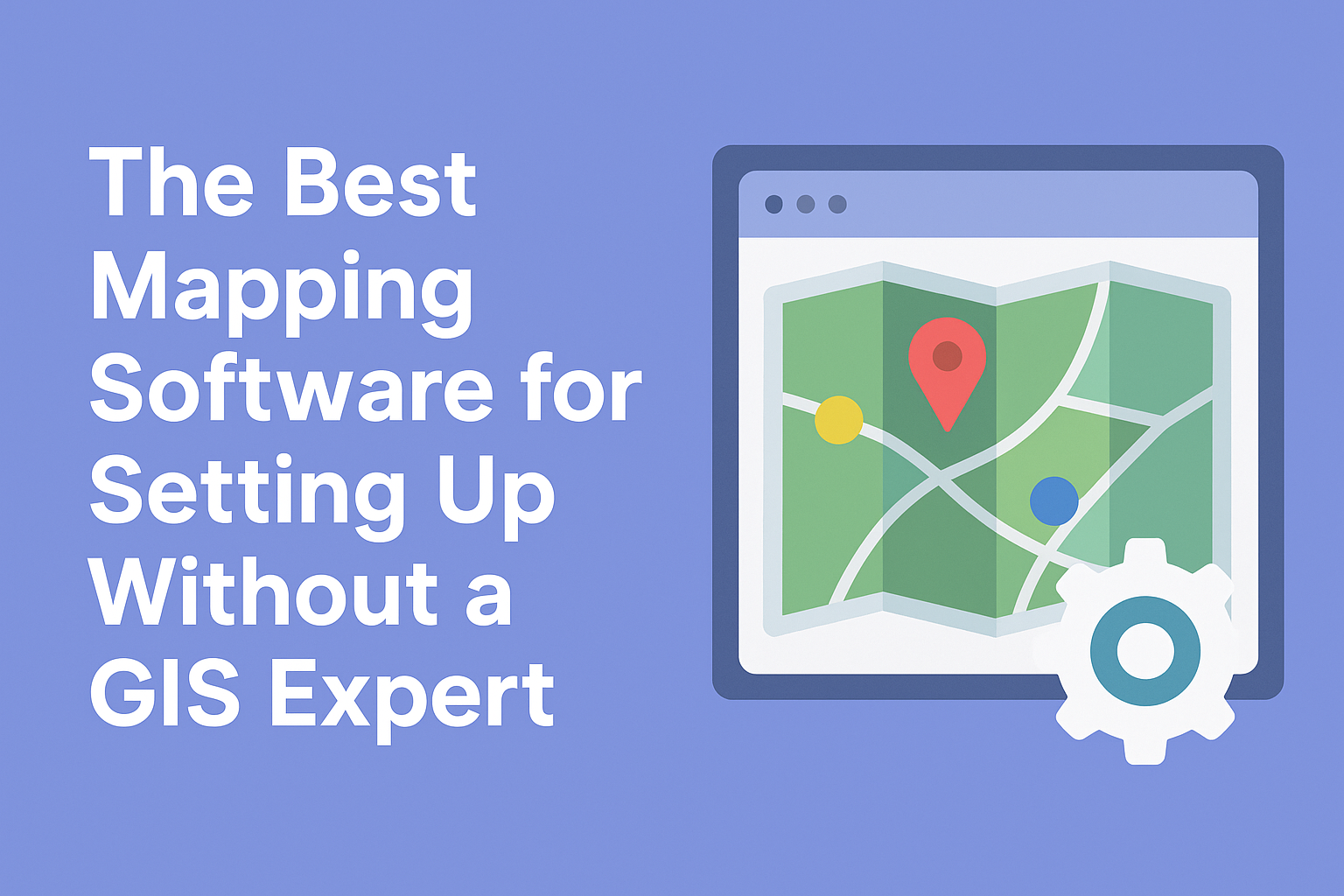Best Tips to Choose A Procurement Tool
- 1 What is a Procurement Tool?
- 1.1 Implement three-way matching
- 1.2 Supplier Diversity Tracking
- 1.3 Blockchain Integration for Transparency
- 1.4 Mobile Accessibility
- 1.5 Global Reach and Multi-Language Support
- 1.6 Real-time Collaboration
- 1.7 Dynamic Workflow Automation
- 1.8 Benchmarking & Market Intelligence
- 1.9 Robust Contract Management
- 1.10 Dynamic Discounting Options
- 1.11 Regulatory Compliance Monitoring and Alerts
- 2 Conclusion
- 3 FAQs:
- 3.1 1. Why is supplier diversity tracking important in procurement tools?
- 3.2 2. How does blockchain integration benefit procurement processes?
- 3.3 3. What are the advantages of real-time collaboration features in procurement tools?
- 3.4 4. What is dynamic discounting, and why does it benefit organizations?
- 3.5 5. How do procurement tools ensure regulatory compliance, and why is it important?
- 3.6 6. Can benchmarking and market intelligence capabilities in procurement tools help organizations make informed decisions?
- 3.7 7. What role does contract management play in procurement tools, and how does it benefit organizations?
- 3.8 8. How does mobile accessibility contribute to the effectiveness of procurement tools?
- Technology Integration: Choose a procurement tool that integrates blockchain, AI, and mobile accessibility to enhance transparency, efficiency, and adaptability in procurement processes.
- Compliance and Collaboration: Opt for a solution that ensures regulatory compliance, offers real-time collaboration features and supports supplier diversity tracking to promote inclusivity and mitigate risks.
- Automation and Optimization: Select a tool with dynamic workflow automation, robust contract management, and benchmarking capabilities to streamline operations, improve decision-making, and achieve cost savings.
Regarding the vibrant environment of business ledge, choosing the appropriate procurement tool is essential for firms trying to improve their S2C procedures. There are many different solutions on the market, all claiming to be the best match for you, but not all can meet your company’s specific demands. This article will focus on vital tips when selecting a procurement tool that meets your organization’s needs and increases productivity.
What is a Procurement Tool?
Procurement software is a tool businesses use to automate and improve their procurement activities. It is a comprehensive solution for procurement processes, including sourcing suppliers, managing contracts, monitoring purchases, and evaluating procurement data. Technology and automation features are used in procurement tools to allow organizations to simplify their operations, become more efficient, cut costs & make better decisions.
Implement three-way matching
One factor that must be considered when selecting a procurement tool is its capacity to support three-way matching. This process includes reconciling purchase orders and invoices and receiving reports to ensure equivalent accuracy. Three-way matching functionalities should be smoothly incorporated into the procurement tool to automate the verification process, mainly to reduce the possibility of mistakes or fraud. This functionality increases accuracy in the financial aspect of procurement transactions and ensures ease with the reconciliation process while enhancing overall efficiency and saving time and resources for your organization.
Supplier Diversity Tracking
Focus on procurement tools that monitor and control diverse supplier relationships, adhering to corporate social responsibility objectives and regulatory standards. The active monitoring and support for supplier diversity leads to more significant societal benefits in promoting a more diverse, inclusive, and resilient supply chain. Implementing supplier relationship tracking via the procurement tool shows that diversity and inclusion are a strategic advantage in establishing a reliable partner network.
Blockchain Integration for Transparency
Use blockchain technology with procurement tools to improve the transparency of the supply chain. By ensuring that blockchain implementation is used, there would be an accurate and safe ledger that mitigates fraud throughout the procurement process. The decentralized nature creates a groundwork for trust between participants in the supply chain, building accountability and integrity.
Mobile Accessibility
Access to procurement tools on cell phones is vital in the fast business sphere. A mobile-friendly procurement solution is beneficial as it allows users to manage their purchase processes while on the move. This increases flexibility and improves organizational agility in decision-making, which is essential to meet the ever-changing demands of modern business environments. Users remain in process control while on the go or away from a desk, which keeps procuring activities fully under user management and results in streamlined processes.
Global Reach and Multi-Language Support
When global markets are connected, organizations need to overcome linguistic barriers and stay within the laws of various regions in their procurement procedures. Choosing a procurement tool with outstanding multi-language support is essential to creating an efficient environment for collaboration with global suppliers and stakeholders. This feature keeps communication relevant and coherent through all the intricacies of a geographically disjointed procurement landscape.
Real-time Collaboration
Focus on procurement tools that provide real-time collaboration features, including chat functionality and discussion boards. This enables quick decision-making and encourages a culture of collaborative procurement. Stakeholders can communicate effectively, share information, and promptly settle issues concerning procurement delays.
Dynamic Workflow Automation
Choose a procurement tool with workflow automation advancements, which means organizations can adjust and use the automated processes. This minimizes manual intervention, guarantees uniformity, and improves repetition. It automates approval workflows, routing of documents, and other routine activities in the procurement process; thus, organizations save a lot of time with improved efficiency overall.
Benchmarking & Market Intelligence
Both benchmarking and market intelligence capabilities must be integrated into procurement tools to enable informed decision-making. These capabilities allow organizations to benchmark their performance against industry standards and follow market developments. Using benchmarking data and market intelligence, these organizations can measure efficiency, cost-effectiveness, and procurement performance and respond purposefully before movements within the industry occur.
Robust Contract Management
focus on procurement tools equipped with solid contract management capabilities, including automatic generation of contracts, monitoring and control over the process, and radiance oversight. This guarantees compliance, reduces risks, and gives the organization a broad perspective of its contractual agreements, focusing on esourcing services. Truly effective contract management not only simplifies negotiation and approval issues.
Dynamic Discounting Options
Seek out procurement tools that aid in dynamic discounting processes to streamline cash flow management effectively. This function allows the organizations to bargain over discounts suppliers offer for early paying, which results in financial benefits and optimum working capital. Using dynamic discounting can increase the flexibility of cash flow, possibly eliminating discounts that would help to cut down overall costs and build amicable relations with suppliers.
Regulatory Compliance Monitoring and Alerts
Choose procurement tools with robust features for compliance monitoring to ensure conformity with regulations. It also automates change alerts of rules that can help keep organizations ahead in the compliance game and survive with minimal risks. Proactively monitoring compliance with regulatory changes keeps the procurement processes aligned with legislation and industry standards and makes engagement strategies more effective.
Conclusion
To conclude, assessing a procurement tool goes beyond the conventional criteria. In tackling global inclusivity, mobile accessibility sustainability alongside AI and blockchain integration is holistically required. Communication and decision-making are aided by real-time collaboration, workflow automation, and benchmarking. Strategic procurement is further supported by supplier diversity tracking, contract management, and dynamic discounting. Resilience arises from a commitment to continuous improvement, regulatory compliance, and user training. When integrated into procurement processes, active inventory management establishes a united and flexible supply chain. It enables organizations to resolve the current complications while effectively coping with future challenges.
FAQs:
1. Why is supplier diversity tracking important in procurement tools?
Supplier diversity tracking promotes inclusivity, aligns with corporate social responsibility goals, and ensures regulatory compliance by monitoring and supporting relationships with diverse suppliers.
2. How does blockchain integration benefit procurement processes?
Blockchain integration enhances transparency and security by providing an accurate and tamper-proof ledger, mitigating fraud, and building trust among participants in the supply chain.
3. What are the advantages of real-time collaboration features in procurement tools?
Real-time collaboration features enable quick decision-making, effective stakeholder communication, and prompt issue resolution, leading to streamlined procurement processes and improved efficiency.
4. What is dynamic discounting, and why does it benefit organizations?
Dynamic discounting allows organizations to negotiate discounts with suppliers for early payment, effectively managing cash flow and fostering positive supplier relations. It helps in optimizing working capital and reducing overall costs.
5. How do procurement tools ensure regulatory compliance, and why is it important?
Procurement tools with robust compliance monitoring features automate the tracking of regulatory changes, ensuring that organizations stay aligned with legislation and industry standards. This is crucial for minimizing risks, avoiding penalties, and maintaining ethical procurement practices.
6. Can benchmarking and market intelligence capabilities in procurement tools help organizations make informed decisions?
Yes, benchmarking and market intelligence capabilities enable organizations to compare their performance against industry standards and stay updated on market trends. This data empowers informed decision-making, enhances competitiveness, and identifies areas for improvement in procurement processes.
7. What role does contract management play in procurement tools, and how does it benefit organizations?
Contract management features in procurement tools facilitate the automatic generation, monitoring, and control of contracts. This ensures compliance, reduces risks associated with contract breaches, and provides organizations with a comprehensive overview of their contractual agreements, ultimately simplifying negotiation processes and enhancing efficiency.
8. How does mobile accessibility contribute to the effectiveness of procurement tools?
Mobile accessibility allows users to manage procurement processes on the go, enhancing flexibility and organizational agility. Users can stay connected and in control of procurement activities even when away from their desks, leading to streamlined processes and improved responsiveness to changing business demands

















